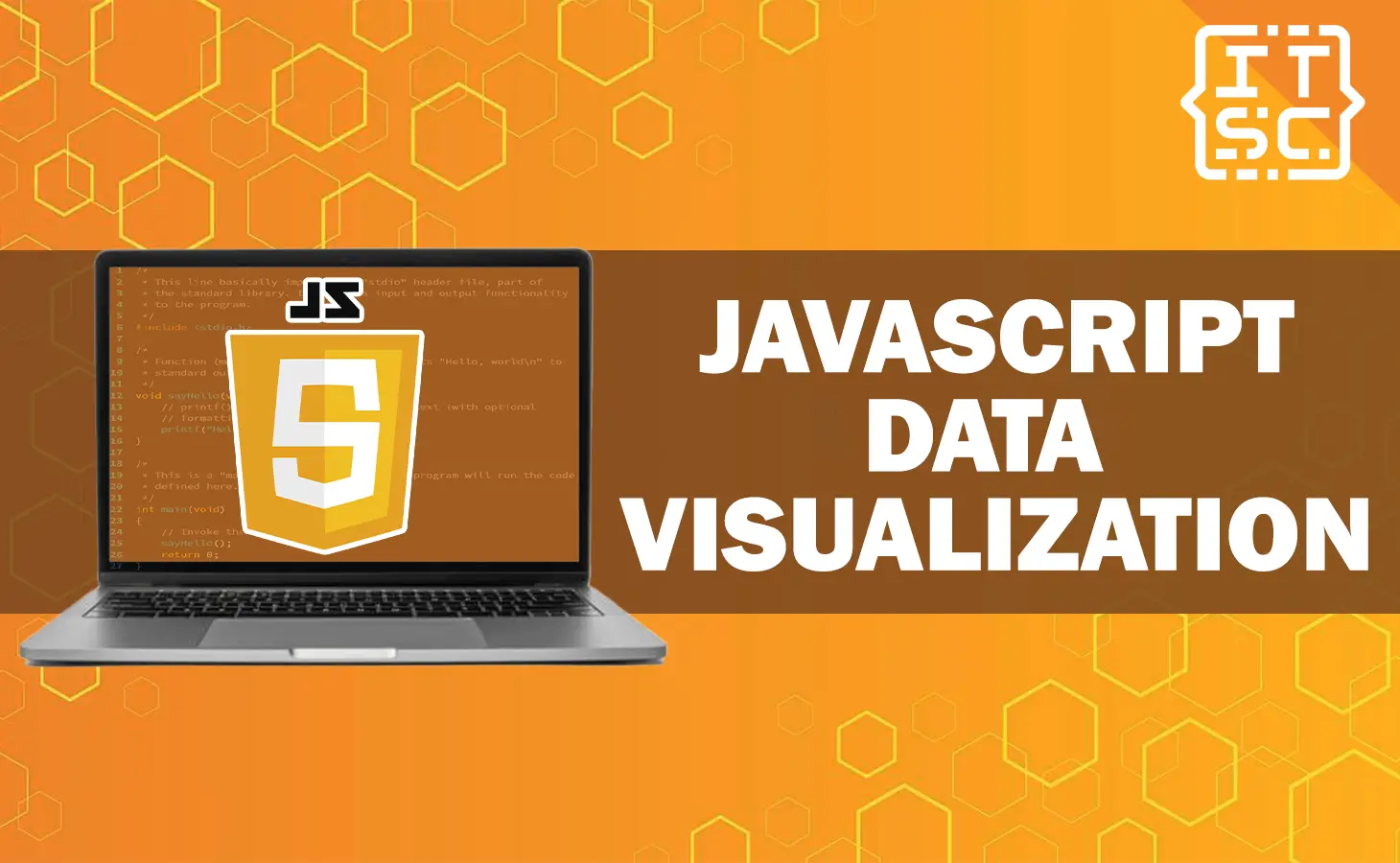In this article, we will discuss the JavaScript Data Visualization, where we will explore different methods and tools to make data speak in a visually entreating and engaging manner.
Understanding the Fundamentals of data visualization JavaScript
In this section, we will establish the foundation of data visualization and its understanding in the context of JavaScript.
What is Visual Communication?
Visual communication is a dynamic tool that transforms language barriers and enables humans to process complex information efficiently.
With JavaScript data visualization, we can perform data in the form of charts, graphs, and interactive visual elements, making it easier for audiences to understand the perception at a glance.
The Role of JavaScript in Data Visualization
JavaScript, being a funtional programming language, allows developers to create interactive and dynamic data visualizations directly on web pages.
Its resilience, coupled with an extensive array of libraries and frameworks, makes it an ideal option for data visualization projects.
Advantages of JavaScript Data Visualization
- Enhanced Understanding
- Real-time Interactivity
- Compatibility
- Engagement and Impact
Types of JavaScript Data Visualizations
In this section, we will discuss the different types of data visualizations that can be obtain using JavaScript.
Bar Charts and Column Charts
Bar charts and column charts are the best options for matching categorical data. They present data using vertical or horizontal bars, where the length of each bar shows the data value.
Line Charts
Line charts are excellent for visualizing trends and changes over time. By connecting data points with lines, line charts provide a clear illustration of how data evolves.
Pie Charts and Donut Charts
Pie charts and donut charts are perfect for showing the proportions and percentages of a whole. They represent data as slices of a circle, with each slice comparable to a different category.
Scatter Plots
Scatter plots help determine the relationships between two variables. Each data point is plotted on the chart, and patterns or clusters can illustrate interaction.
Area Charts
Area charts have probation data trends the same as line charts, but the area below the line is filled, increasing the visual impact.
Bubble Charts
Bubble charts add a third dimension to data points, illustrating the data value by the size of bubbles in addition to their position.
Heatmaps
Heatmaps use colors to show data density on a two-dimensional grid, making them excellent for visualizing data distribution.
Choropleth Maps
Choropleth maps use colors to show the data values in specific geographic areas, making them useful for displaying the differences.
Tree Diagrams
Tree diagrams represent hierarchical relationships in data, enabling users to explore the data structure.
Treemaps
Treemaps display hierarchical data in a rectangular layout, with each level shown through nested rectangles.
JavaScript Data Visualization Libraries
JavaScript provides a plethora of powerful libraries that shorten data visualization.
Here are some generally used:
- D3.js
D3.js is a powerful and flexible library that enables developers to bind data to DOM elements and apply data-driven transformations to them, creating practical visualizations.
- Chart.js
Chart.js is an easy-to-use library that provides a vast range of chart types and responsive designs. It is perfect for beginners and small-scale projects.
- Highcharts
Highcharts offer interactive and visually appealing charts, making it excellent options for professional-grade visualizations.
- Plotly.js
Plotly.js train in creating interactive and dynamic visualizations. It supports an extensive change of chart types and is compatible with numerous frameworks.
Implementing JavaScript Data Visualization: Step-by-Step Guide
Now that we understand the types of visualizations and the available libraries, let’s proceed into the process of implementing JavaScript data visualization.
Step 1: Setting up the Environment
Start by adding the recommended JavaScript libraries to your project. You can neither download the libraries or use a CDN for faster loading.
Step 2: Preparing the Data
Clean and preprocess the data you want to visualize. Make sure that it is not formatted appropriately with the chosen library.
Step 3: Choosing the Visualization Type
Select the proper visualization type that shows the understanding you want to convey.
Step 4: Configuring the Visualization
You can modify the appearance, colors, labels, and other elements of the visualization to make it visually attractive and informative.
Step 5: Binding Data and Rendering
Connect the prepared data to the visualization and provide it on your webpage.
Step 6: Adding Interactivity
Increase the user experience by adding collective elements like tooltips, hover effects, and filters.
Step 7: Testing and Optimization
Carefully test your visualization on various devices and browsers to ensure congeniality. Optimize the achievement for a smooth user experience.
Data Visualization with JavaScript Best Practices
Obtaining effective data visualization needs an attachment to positive best practices:
- Keep it Simple
- Use Appropriate Colors
- Provide Context
- Optimize for Responsiveness
- Test with Real Users
FAQs
JavaScript data visualization represents to the process of using JavaScript and related libraries to create visual representations of data, such as charts, graphs, and maps.
JavaScript’s adaptability, extensive range of libraries, and web compatibility make it a popular choice for data visualization projects.
Chart.js is an excellent option for beginners due to its clarity and satisfaction of use.
You can add interactivity to your visualizations by accumulating the tooltips, hover effects, and interactive filters.
Conclusion
In conclusion, JavaScript Data Visualization unlocks the power of data representation and explanation.
By using the different types of visualizations and applying the right libraries, developers can create fascinating and impressive visualizations that allow decision-makers with a beneficial understanding.

